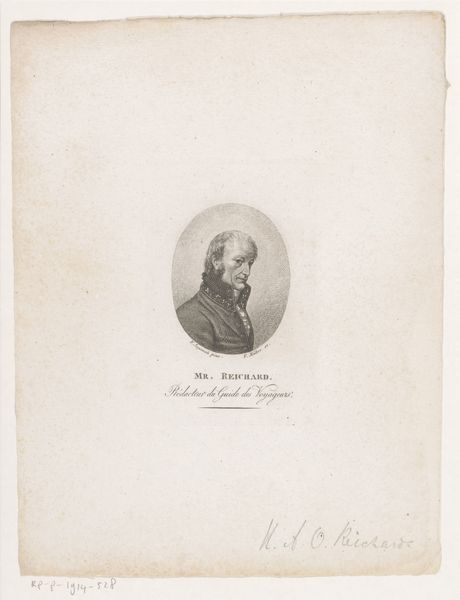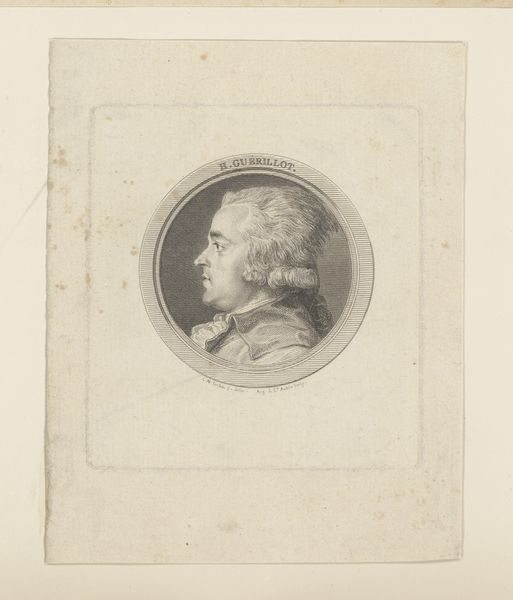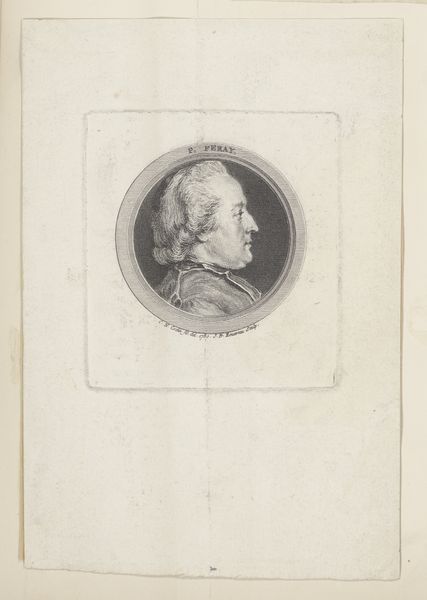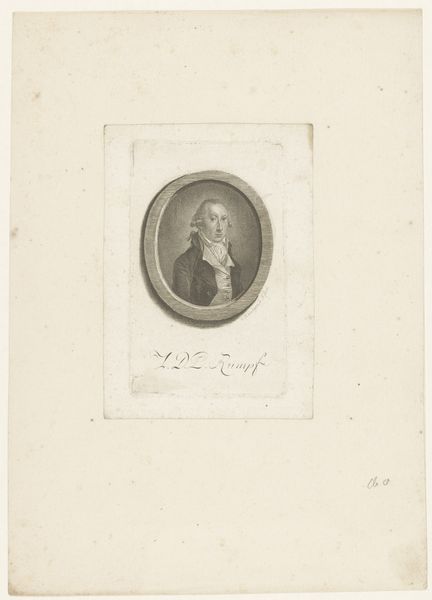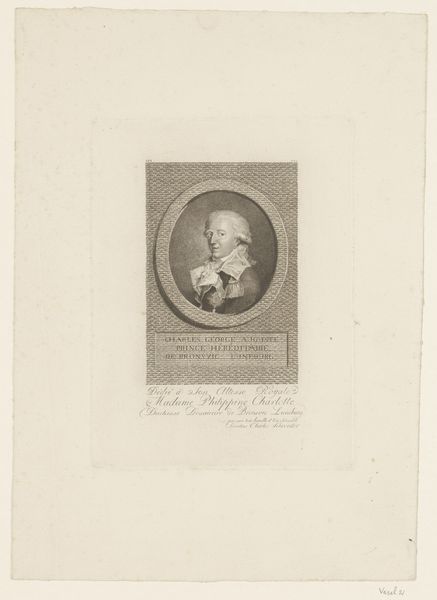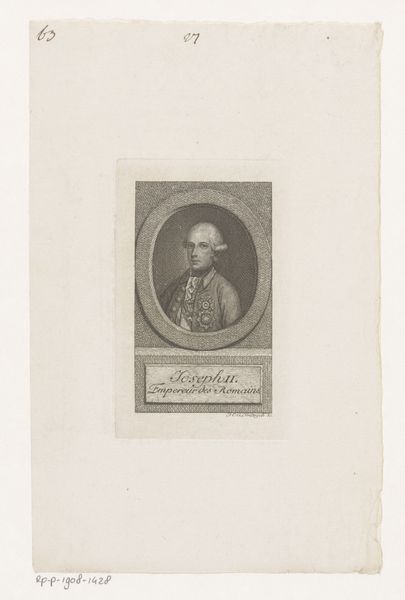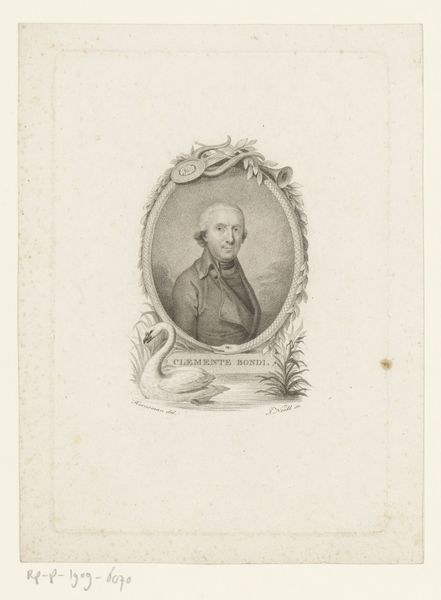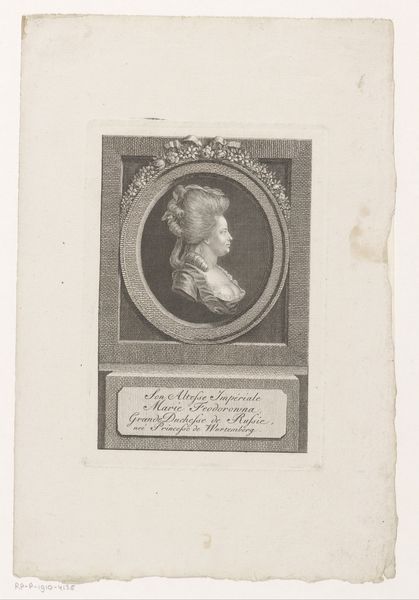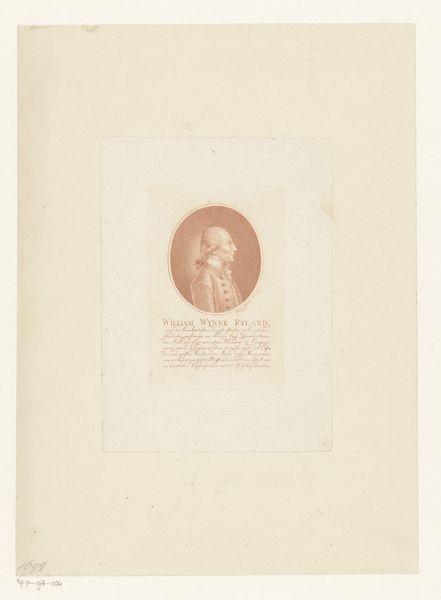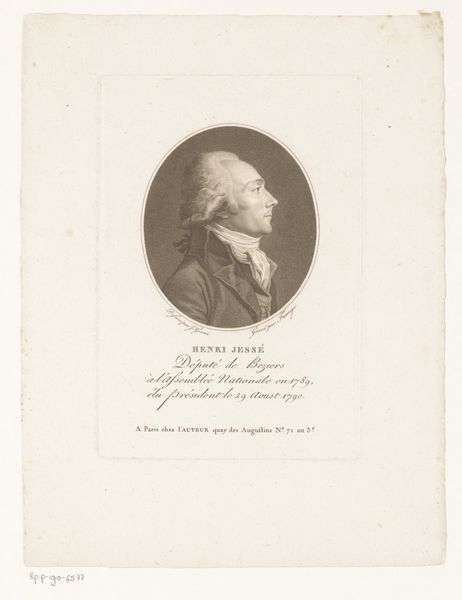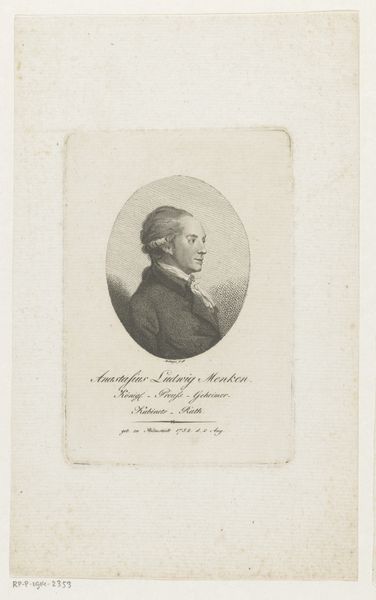
print, paper, engraving
#
portrait
#
neoclacissism
# print
#
figuration
#
paper
#
engraving
Dimensions: height 155 mm, width 105 mm
Copyright: Rijks Museum: Open Domain
Caspar Weinrauch made this portrait of Johann Baptist Edler von Alxinger, likely around the turn of the 19th century. What can this small engraving tell us about the culture that produced it? The print embodies the visual codes of the Austrian Enlightenment. Alxinger, identified as an 'Edler,' or nobleman, is presented as a figure of learning and refinement. The oval frame and delicate engraving style lend an air of classical elegance, echoing the period's fascination with reason and order. But the print also speaks to social hierarchy. Only men of a certain status would have had their portraits engraved and circulated in this way. To truly understand this image, we need to explore the social and intellectual circles in which both Alxinger and Weinrauch operated. Archival research into Viennese society, the patronage networks of the time, and the role of printmaking in shaping public opinion would shed further light on the portrait’s place in its cultural moment. After all, art always bears the imprint of its own social and institutional context.
Comments
No comments
Be the first to comment and join the conversation on the ultimate creative platform.
